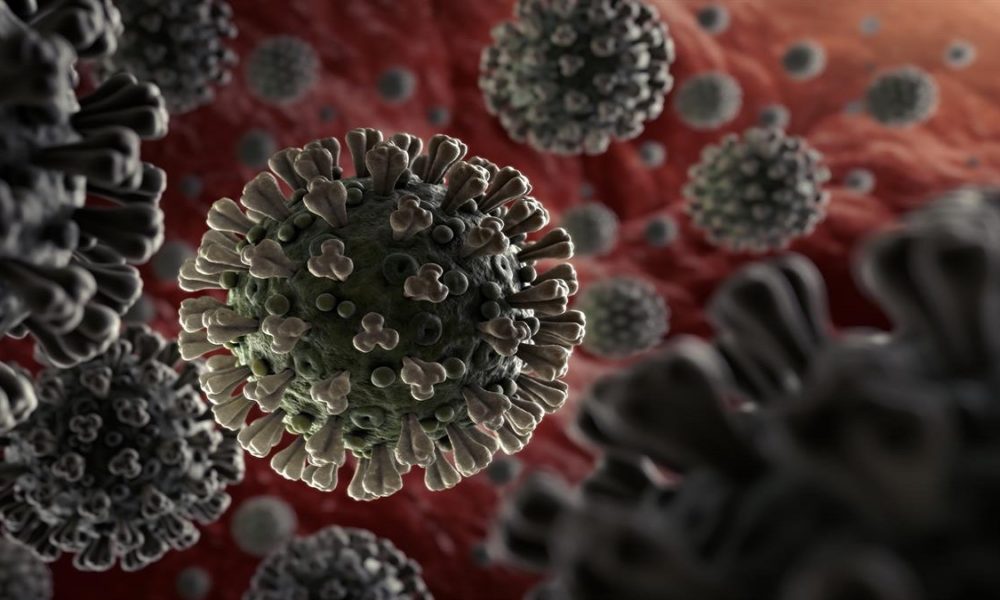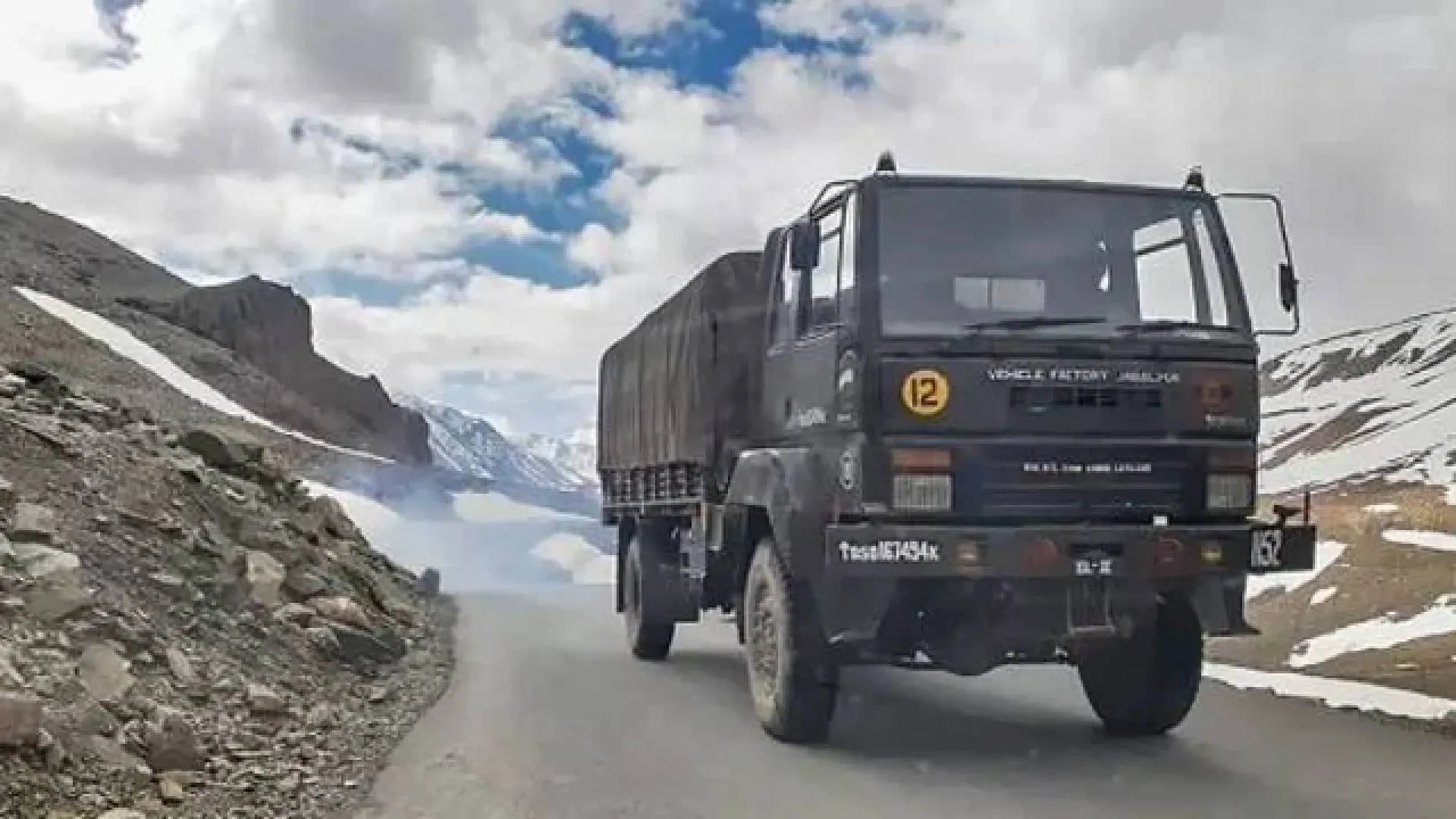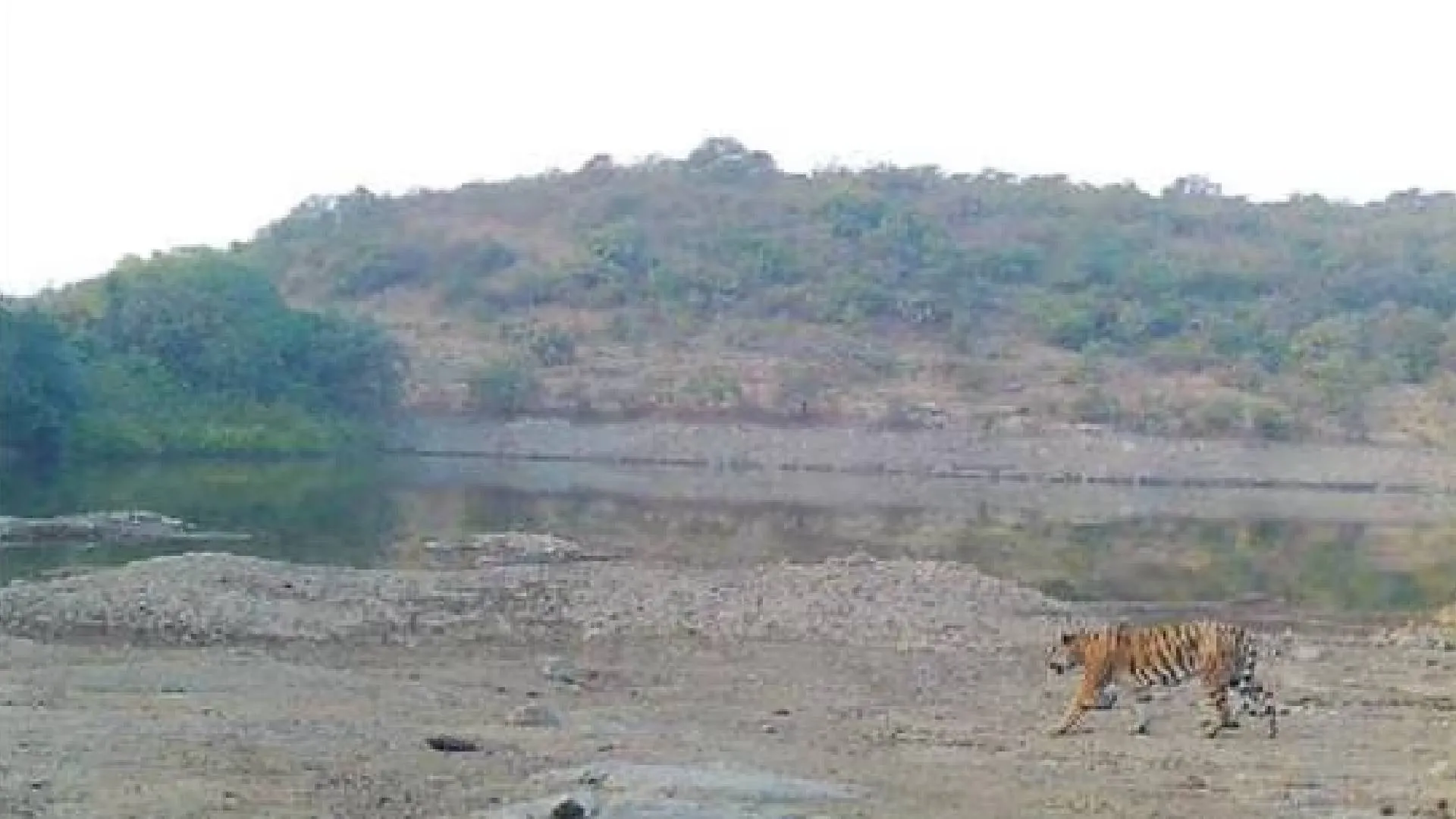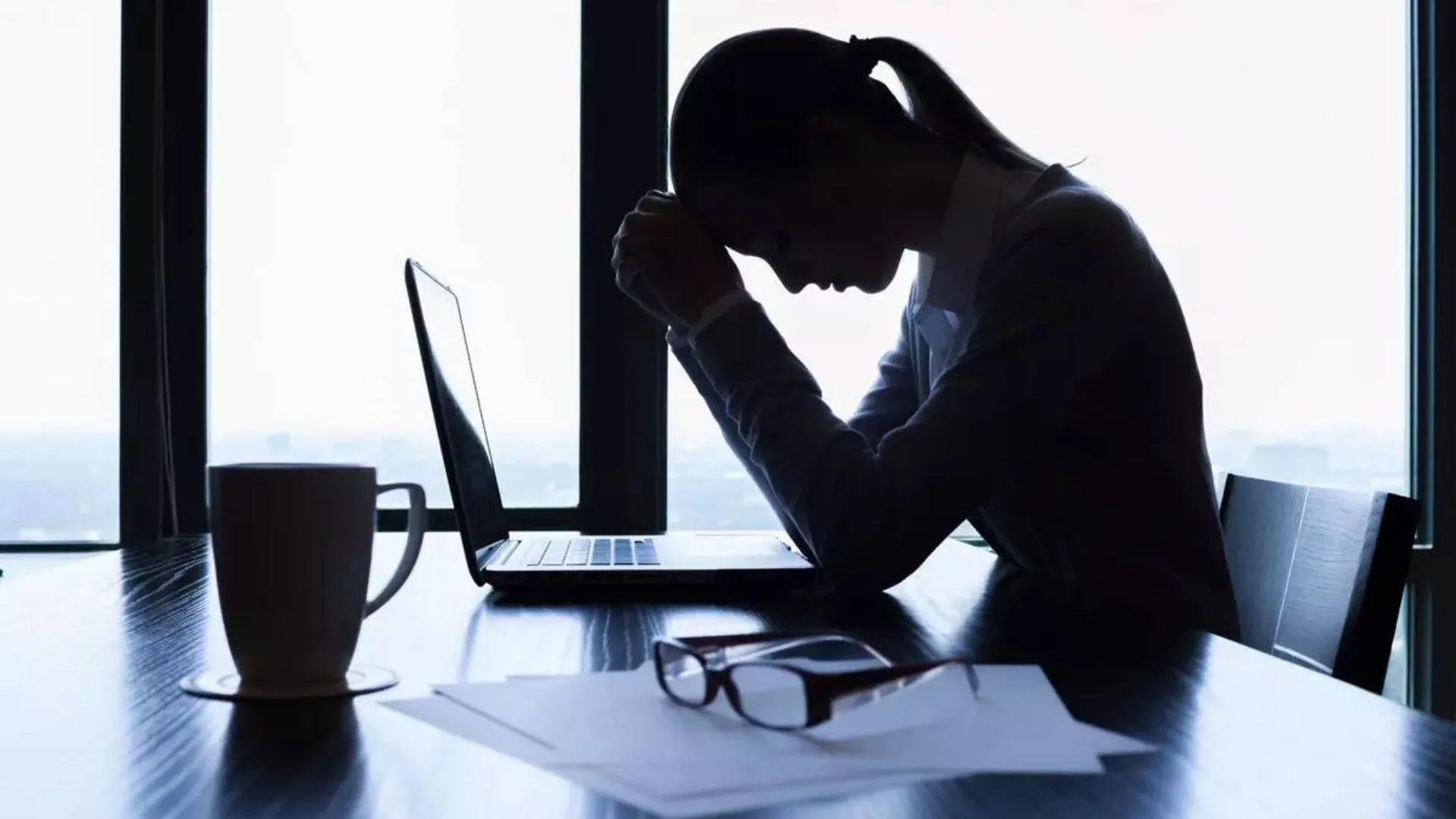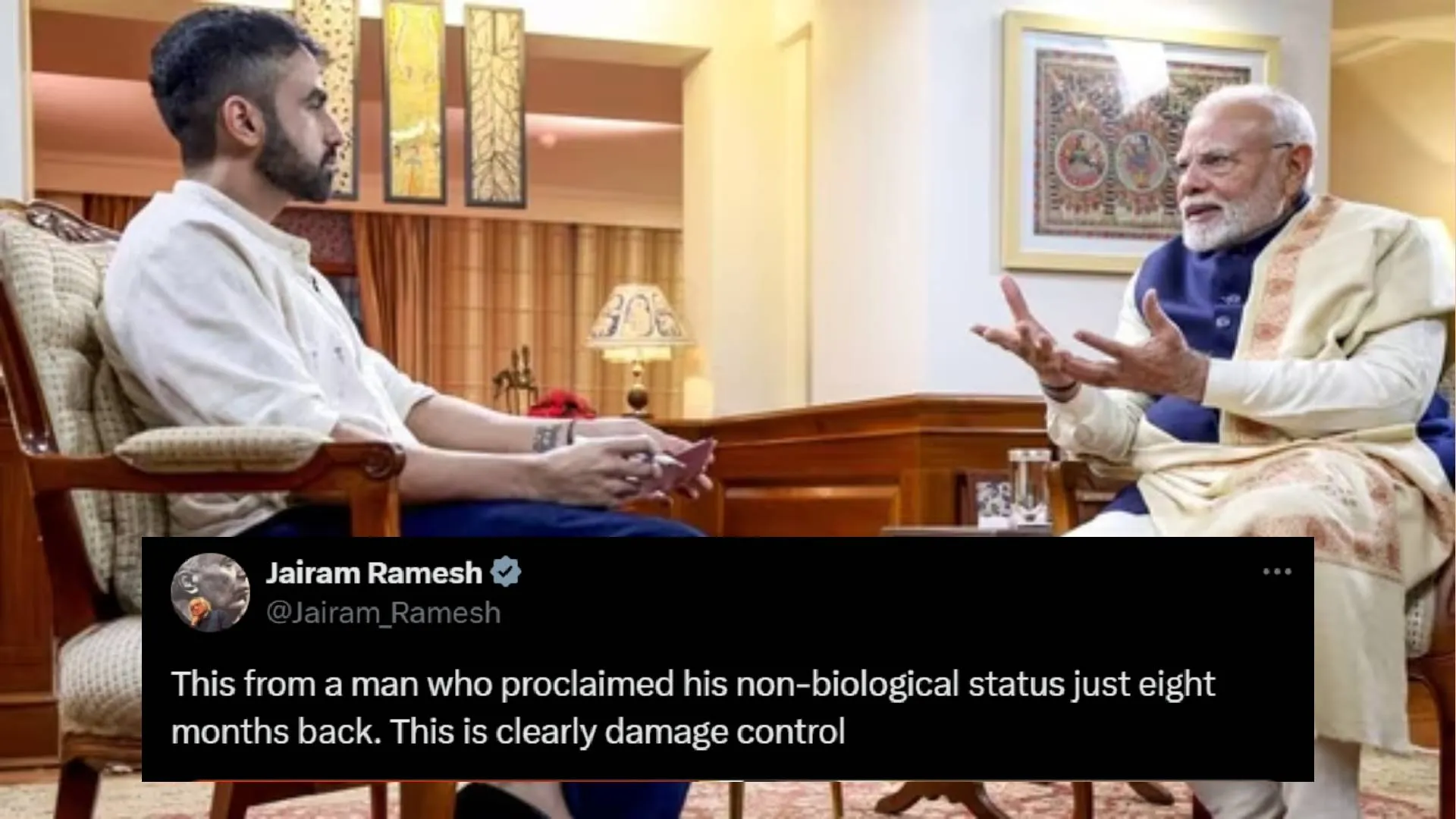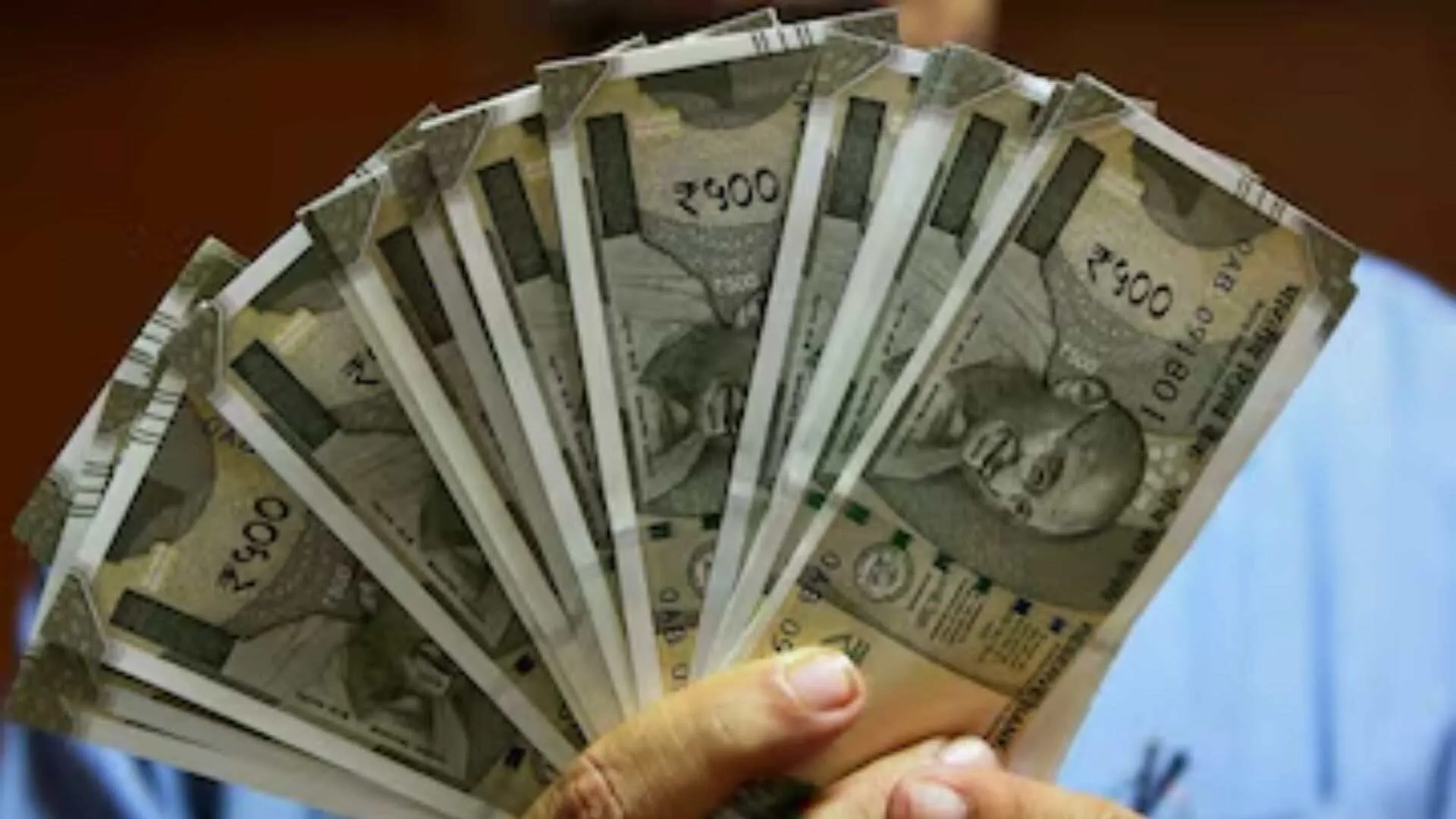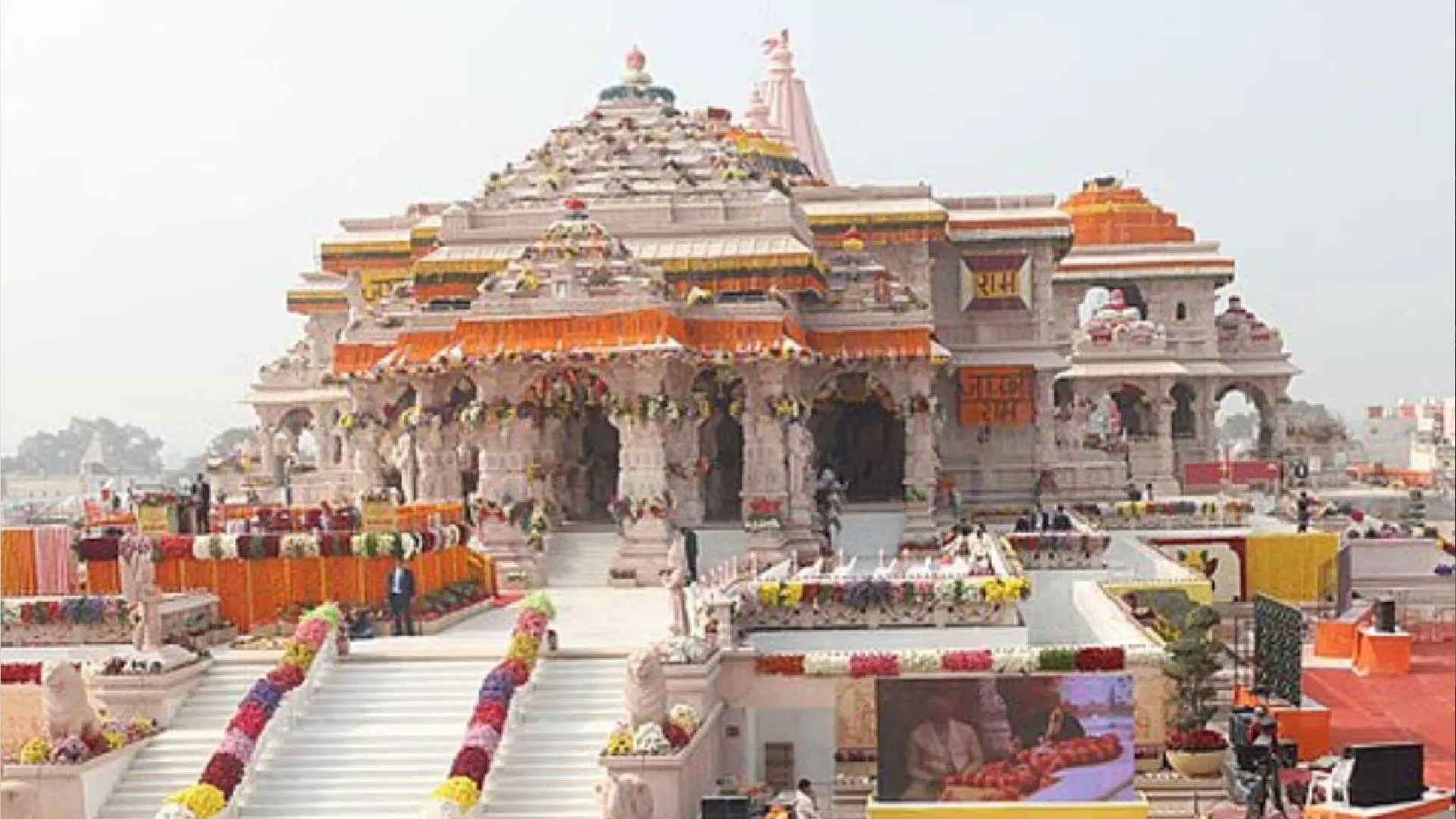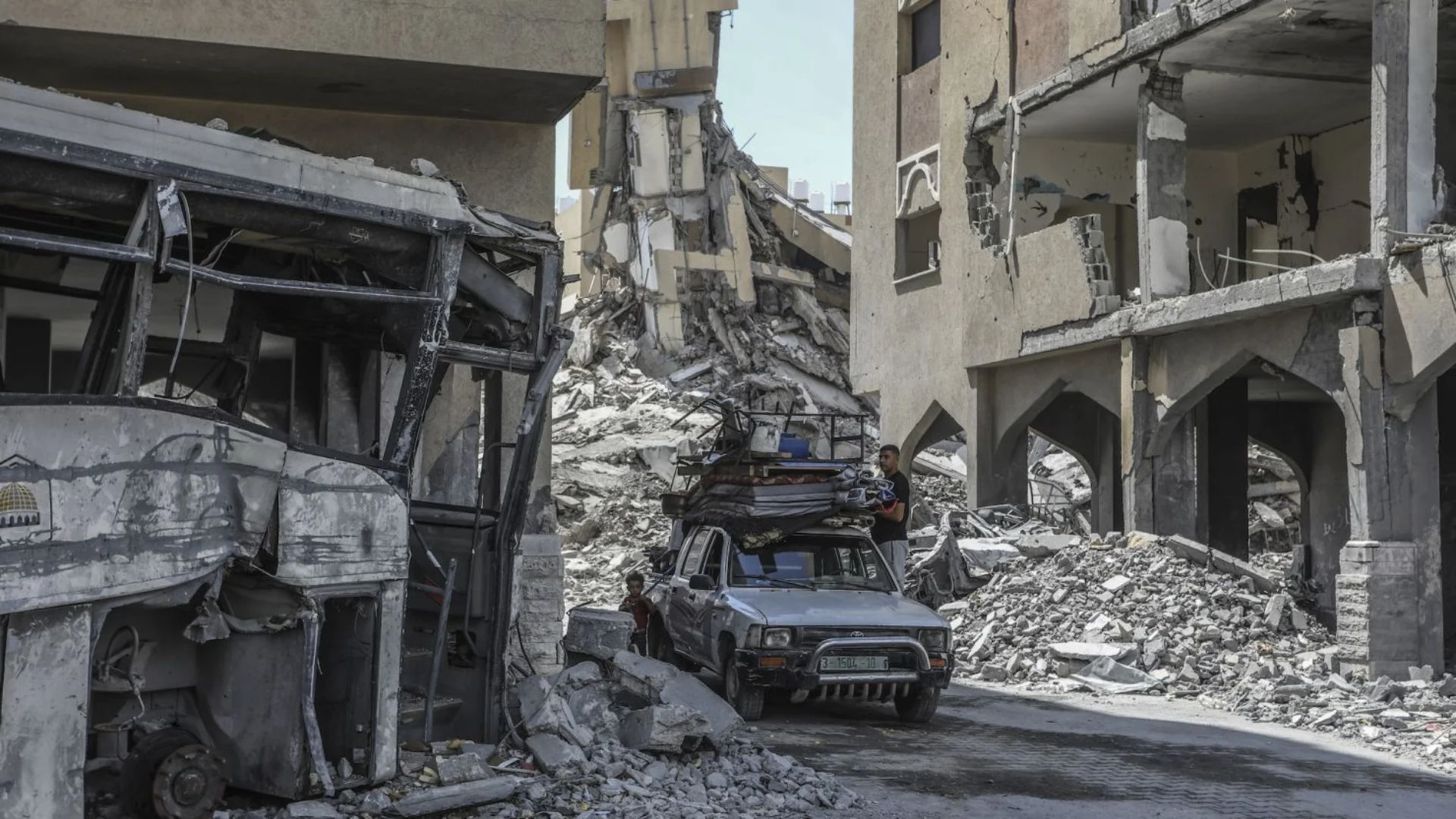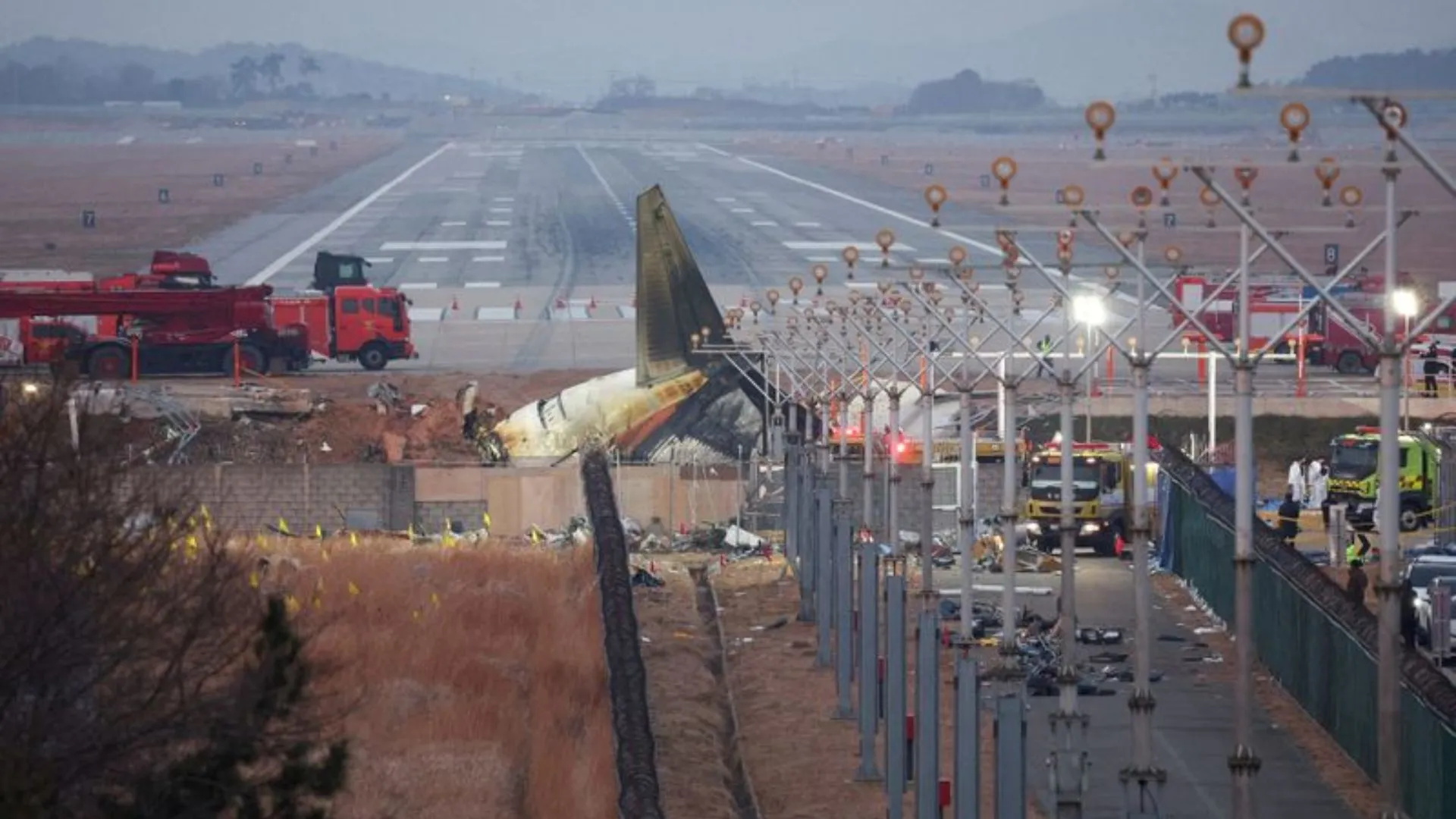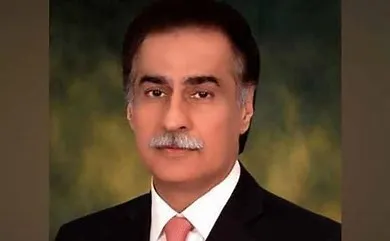We had evaluated in the middle of the financial year 2020-21 between May and June 2020 about the impact of the Covid-19 pandemic on our lives and the economy of the country along with the entire world. When it did hit our country first time in March 2020, at that time the bottom line of the argument was the structural change to cope up with the challenges and uncertainties of the Covid-19 pandemic during the lockdown and unlock phases and thereafter post Covid-19 pandemic.
Now the primary concern is the uncertainty of longevity of the core problem with different strains of the pandemic and at present, the real challenge is how to combat the Covid-19 pandemic and its new strains. Whether the Union and/or state governments are ready to take stringent actions like lockdown to minimise the positive cases by breaking the chain (already implementation is in progress in many states), vaccination to all became the biggest criteria for reposing confidence among the general public, but production of vaccination is not on par with the requirements. The funds of Rs 4,500 crore assisted in advance by the Union government to the companies and the fund of Rs 35,000 crore allocated in the Union government budget since production capacity are a constraint to the companies.
Then there is a practical challenge of whether human and physical infrastructure are available to serve the vaccination to all as the country has been poor in terms of readiness of all kinds of infrastructure for years together and continues to be, as per the experts.
Manufacturers are expressing that Bharat is such a huge country with 130 crore population that it will take at least two years to completely vaccinate all the people in the country.
However, Narendra Modi-led government expressed their confidence to ensure that around 216 crore vaccines are going to be available by December 2021 with an expectation of huge vaccine availability from August 2021.
Amid these adversities and expectations, the revival of the economy from the clutches of the pandemic uncertainty is an utmost priority for the country’s future. Now, we should think to adopt the multi task-oriented mindset with psychological structural changes in our future living systems.
As per observations, our government has understood, digested and are trying to adopt the real sense of economy, that is the health of its people for the healthy economy. Since people’s health is embodied as a part and parcel of a healthy economy or otherwise, the objective of the nation will be lost.
We should also realise that economy should not only be concerned about wealth or/and profit maximisation alone, it comprises the famous quote “Health is Wealth”, it should be stored in everyone’s mind.
As I mentioned in my previous article, “Health is on the state list as per our Constitution” and Union Government needs to step in to provide assistance, guidelines, SOS, and protocols during the uncertainties at this time irrespective of whether the infrastructure exists in the states.
But all these relentless efforts will prove to be successful only when there is a match between inputs of the Union government and availability of human and medical infrastructure at the state level. These resources can’t be made available in a day or month on the ground. It will not happen until the last person at the farthest village of the nation is served which is possible if there is qualitative coordination between the Union and state governments. Unfortunately, no such discussions have happened objectively since politicians are only engaging in blame game rather than providing true and fair information of patients to render the services from the ground.
After observing the miserable problems of the people of all sections and most particularly pathetic conditions of the poor and needy during the second wave of the pandemic, the current scenario of our country in terms of medical and health infrastructure is alarming.
There is no use in wasting time to criticise each other, whether it is Central or state governments of the present or past at this juncture. Immediate relief is the utmost priority for a smooth supply chain for the required medicine, ventilators and availability of oxygen on par with demand. But it has become a problem to assess the exact needs as many state governments suppress the facts that lead to the mismatch the requirements of oxygen, ventilators, and other medicines.
On the other hand, readymade Covid-19 standard hospitals infrastructure should be established, like the hospitals established by DRDO with PM Cares funds, to cope with the current scenario. Though health is a state subject, the Union Government is already spending thousands and lakhs of crores on health and most of these funds have been utilised for creating health and medical infrastructure in various states along with the schemes like Ayushman Bharat for the medical treatment of the BPL families and state governments are also spending huge expenditure in the same line, but still, we are suffering for basic amenities in this sector.
Together Union and state governments should prepare protocols for the health and medical sector objectively and amend the constitution to place it in the concurrent list to operate the system under the guidelines by setting up a National Health Mission like NITI Aayog or a part or sub section of NITI Aayog.
It will help assess and evaluate the much-needed health and medical infrastructure in every state to recommend the required infrastructure by imposing conditions and establishing norms for incurring the capital expenditure in this sector in the budgetary allocations of the Union and state governments. Why this much priority is required in this line of activity? The answer to this question is healthy growth in the economy is possible only when people are healthy and how can the people contribute to the nation without the assurance of qualitative health services to them and all governments’ responsibility is safeguarding the health of its people.
The Union government had announced that state governments should take an adequate decision on lockdown as per the local requirements.
At present, Maharashtra, Kerala, Karnataka, Delhi, Gujarat, Bihar, Tamil Nadu, Andhra Pradesh etc. have registered 20,000 to 40,000 new cases every day. Out of this, states like Maharashtra, Delhi and Karnataka for the time being extended the lockdown, whereas states like Andhra Pradesh and Telangana announced curfew/lockdown with strict guidelines.
Both Union and state governments seem to be worrying about safeguarding the economy and human lives together, but some experts opine that stringent lockdown can break the chain as we had succeed in the first wave because of it.
The reality is Union and many state governments are choosing lockdown as the last resort, but, it is the biggest challenge to control the Covid-19 second wave with this attitude.
The impact of contrast in GDP by 23.9% in the first quarter of the previous financial year 2020-21 has been still continuing adversely due to the new strains and uncertainties in the second wave and our economy has apparently recovered prior to commencing the first quarter of current financial year 2021 – 22 and 12% growth in GDP is expected for this period and that has become a big question.
The writer holds a degree in commerce and works as an FCA. The views expressed are personal.

